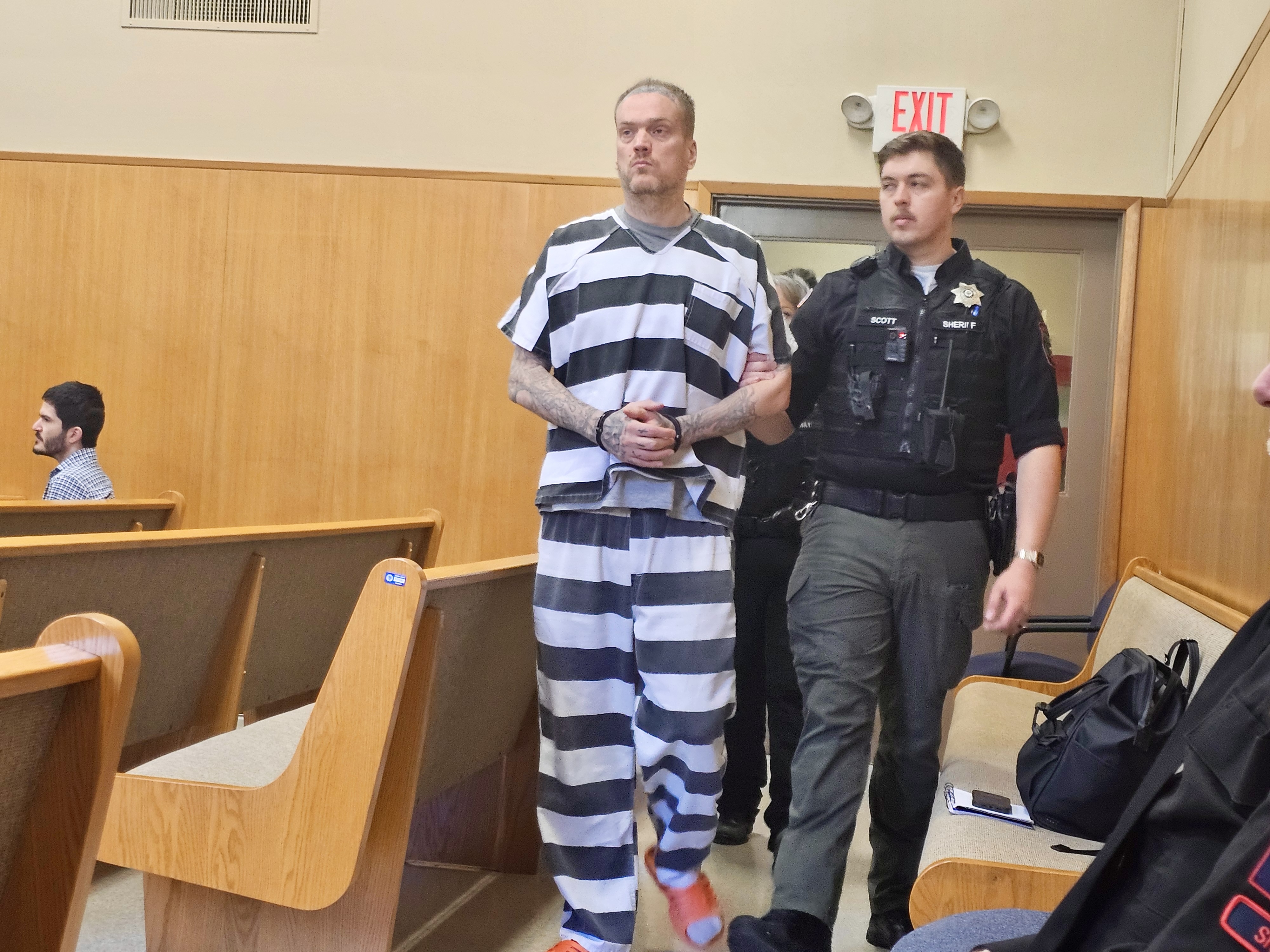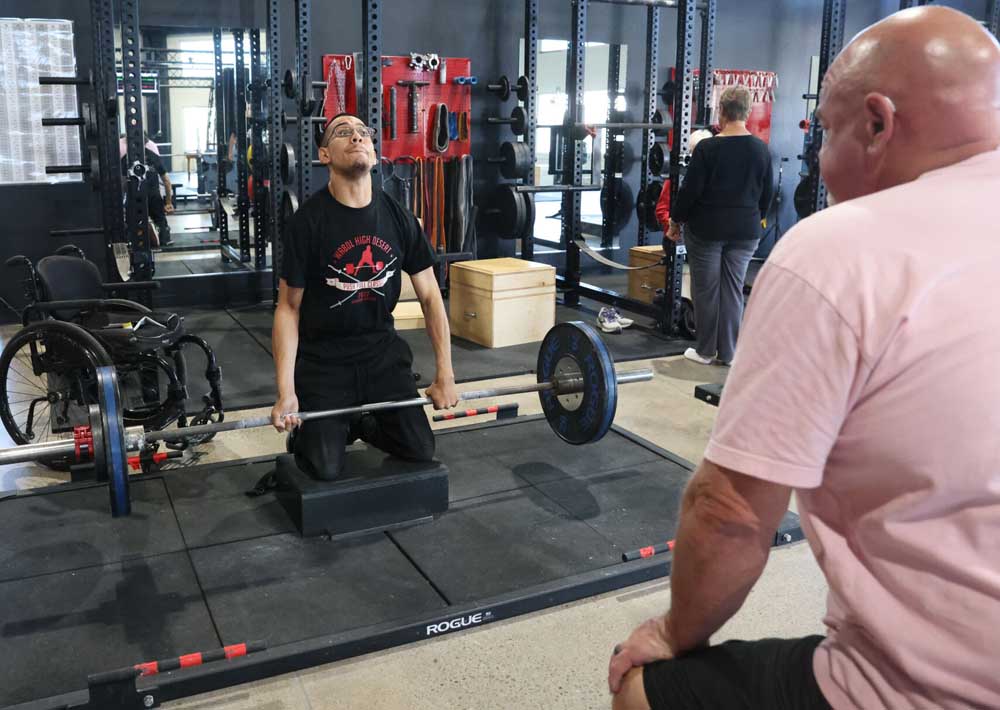Health NW: Obsessive-compulsive disorder
Published 5:00 pm Tuesday, July 12, 2005
People with OCD feel as if their brain gets stuck on a particular thought; they don’t seem to have normal control over their thoughts. As a result, they feel compelled to do certain actions repeatedly in order to deal with these anxiety-producing thoughts and to make themselves feel better.
Trending
OCD is a brain disorder that responds to treatment, though it is difficult to cure entirely. It usually begins in adolescence. Occasionally it is inherited, but no gene for OCD has been found. The cause is still unknown.
People with OCD usually do not have insight into their problem, and rarely ask for help. They may be reluctant to talk about their problem. Often, it is a family member who brings the obsessive-compulsive behaviors to the attention of a health care provider.
There are two parts to OCD: obsessions and compulsions. Both must be present for OCD to be diagnosed.
Trending
Obsessions are thoughts or images that appear over and over again in a person’s mind. A person with an obsession does not feel in control of their thoughts and finds them disturbing. Even though the person often recognizes that these obsessive thoughts don’t make sense, they have great difficulty stopping them from occurring.
Some examples of obsessions:
Worrying about contamination with dirt, germs or chemicals
Worrying about harming ones self or others
Worrying about losing money or belongings
Having forbidden thoughts
Having to arrange things in very precise ways
Having excessive religious or sexual preoccupation.
Compulsions are the things that people with OCD do in an effort to reduce the anxiety caused by their obsessions. These rituals are not done because they give pleasure; rather, they are done in an attempt to relieve the distress caused by obsessive thoughts.
Examples of compulsions include:
Washing hands over and over again
Repeatedly checking to make sure doors are locked, lights are off or the stove is off
Counting objects over and over
Organizing things in very precise ways
Praying constantly
Hoarding or saving certain objects
Avoiding certain numbers, colors or letters.
Compulsions are not always obvious to others who are observing a person with OCD. Some compulsive behavior is internal. For example, some people with OCD mentally count, repeat certain phrases, or visualize certain images repeatedly.
There are two main types of treatment for people diagnosed with OCD. One is treatment with medication that increases levels of a neurotransmitter chemical called serotonin in the brain. These are drugs that are also used to treat depression, and include clomipramine, fluoxetine (Prozac), paroxetine (Paxil) and sertraline (Zoloft). OCD often requires higher doses of these drugs than are usual for the treatment of depression.
The other treatment for OCD is cognitive behavioral therapy, in which the patient is taught to stop obsessive thoughts, recognize irrational behaviors, identify triggers and recognize the feelings they cause. People with OCD benefit the most if they take medication and have therapy, also.
A related problem is trichotillomania, when a person pulls out his or her own hair or eyelashes compulsively. Some mental health researchers believe this is a type of obsessive-compulsive disorder, but it is officially classified as an impulse control disorder.
Trichotillomania starts around age 12, and often follows a stressful event such as abuse or parental divorce. People with this disorder pull out their hair in order to relieve tension; they feel compelled to do it to feel better. They may pull out all their eyelashes and eyebrows, have bald patches, or in extreme cases may pull out all the hair on their head.
The treatment for trichotillomania is behavioral therapy and medications, similar to those used for OCD.
Kathryn B. Brown is a family nurse practitioner with a master’s degree in nursing from OHSU. Is there a health topic you would like to read about? Send ideas to kbbrown@eastoregonian.com.









